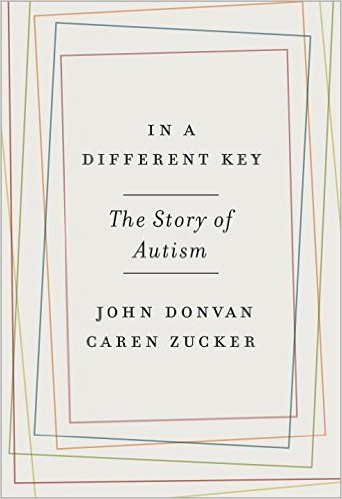Many people consider autism to be a 20th-century disorder, but an article in the January-February 2016 issue of Smithsonian magazine presents surprising evidence that the condition is much older than that. Entitled “Autism in Early America”, it outlines some possible early cases. There was the Wild Boy of Aveyron, who walked naked out of a French forest in 1799, “unspeaking and uncivilized.” Some thought he must have been raised by wolves; the more logical explanation was he was born autistic and abandoned by his parents. And have you every heard of the Holy Fools of Russia, who went nearly naked in winter, spoke strangely and appeared uninterested in normal human interaction?
The article describes the effort of social reformer Samuel Gridley Howe to study people who were benignly referred to at the time as “idiots”. (If that name sounds familiar, his wife Julia Ward Howe composed the “Battle Hymn of the Republic”.) He was a founding director of the Perkins School for the Blind and proved that the blind could be educated; Helen Keller was a student at Perkins. Later, Howe took in ten mentally disabled students at Perkins and convincingly proved that they could also be educated, which led to the creation of the Massachusetts School for the Feeble-Minded, later renamed the Fernald Center. Unfortunately, the center was closed in 2014.
I could not find a transcript on this article on the Smithsonian website, but its authors are John Donvan and Caren Zucker, who have just written In A Different Key: The Story of Autism . Their work would be a good start for anyone interested in further researching this subject.
. Their work would be a good start for anyone interested in further researching this subject.
